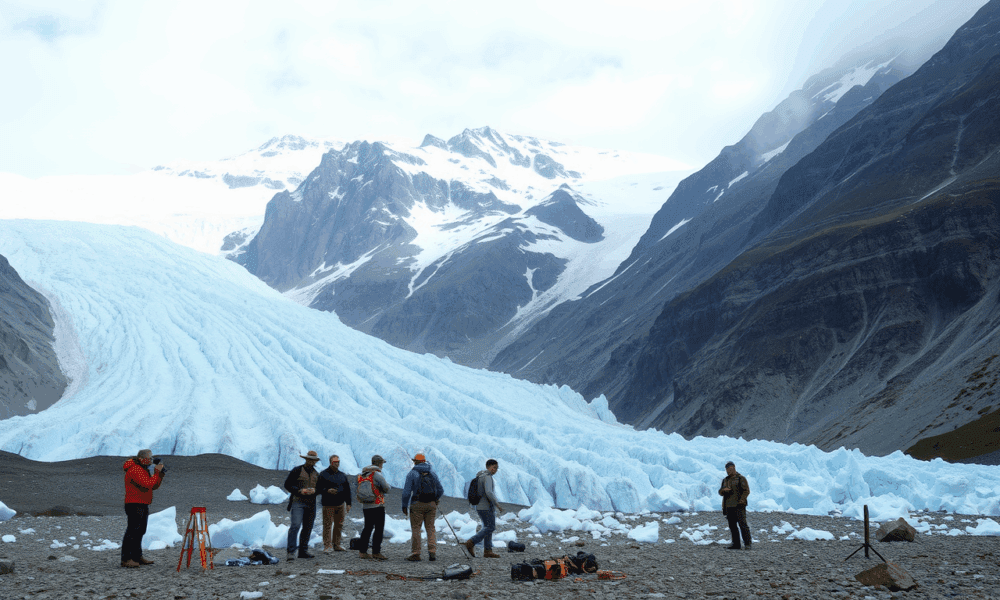


Scientists used machine learning to reveal how glaciers erode the land at varying speeds, shaped by climate, geology, and heat. The findings help guide global planning...
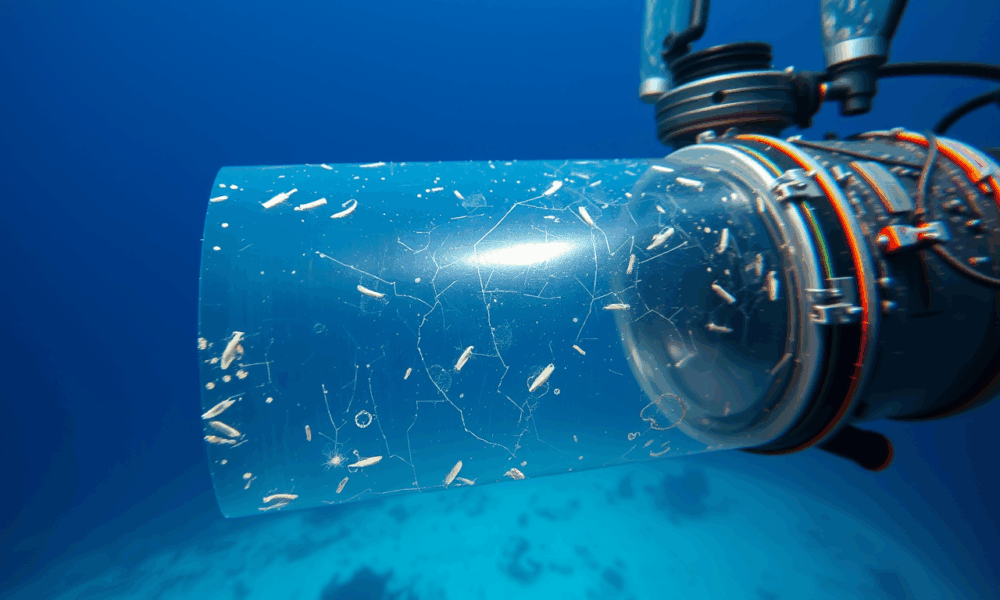
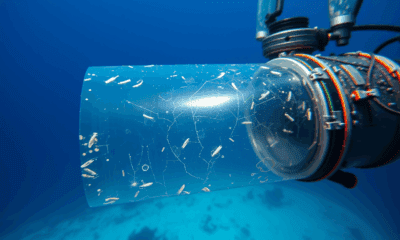

A new eco-friendly plastic called LAHB has shown it can biodegrade even in the extreme environment of the deep ocean, unlike conventional plastics that persist for...



Feral water buffalo now roam Hong Kong s South Lantau marshes, and a 657-person survey shows they ignite nostalgia, wonder, and worry in equal measure. Many...



Long-lost 1960s aerial photos let Copenhagen researchers watch Antarctica’s Wordie Ice Shelf crumble in slow motion. By fusing film with satellites, they discovered warm ocean water,...
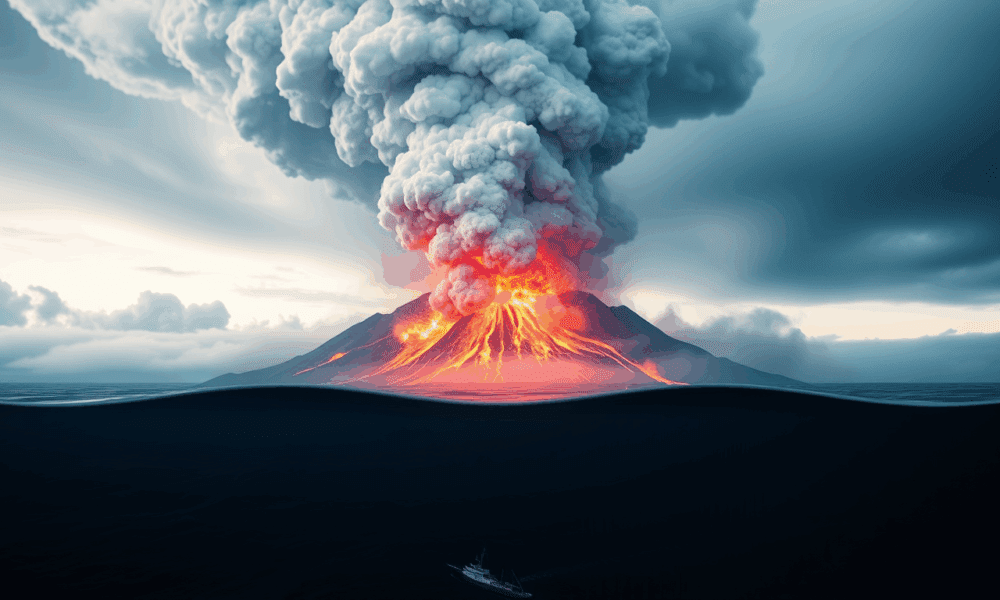
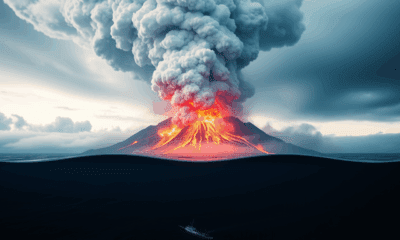

Over 300 million years ago, Earth experienced powerful bursts of carbon dioxide from natural sources—like massive volcanic eruptions—that triggered dramatic drops in ocean oxygen levels. These...
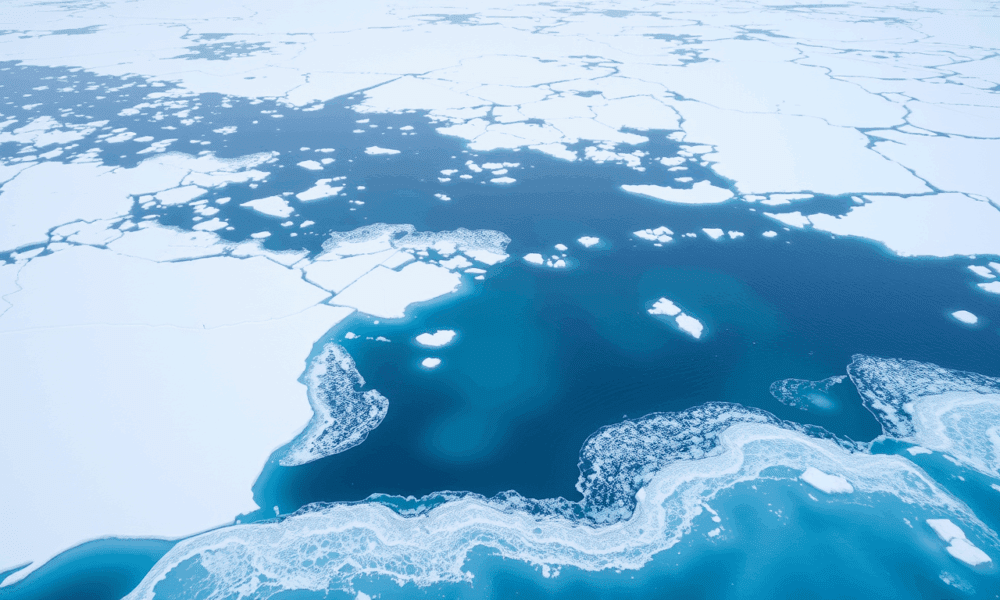


A breakthrough study has uncovered that the Southern Ocean's power to pull carbon dioxide from the atmosphere fluctuates dramatically depending on winter sea ice. When sea...
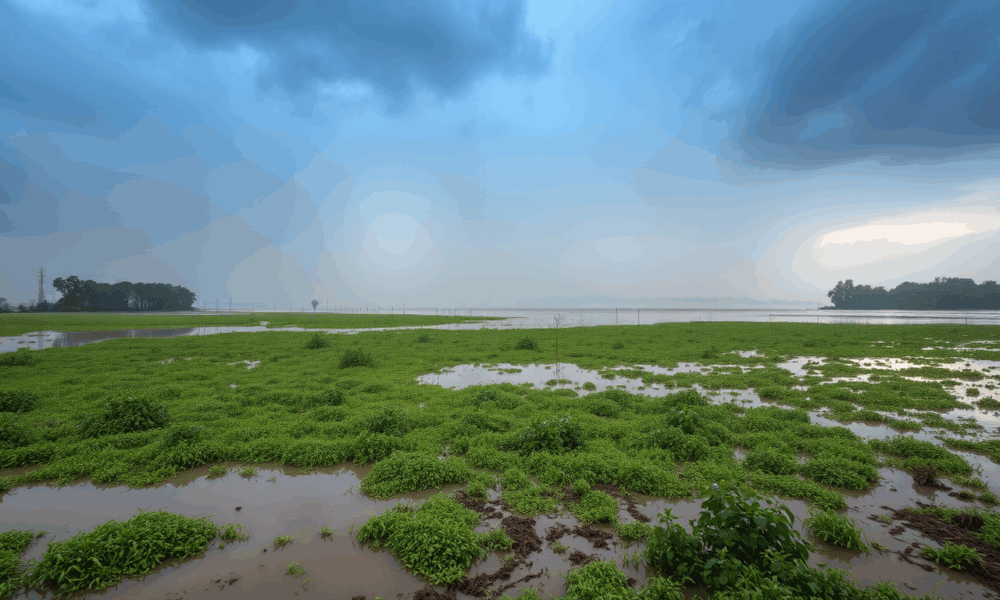
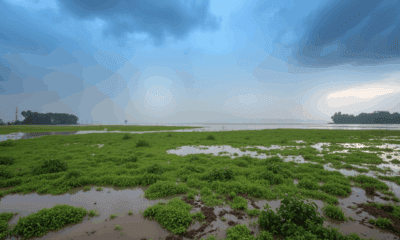

Atmospheric rivers, while vital for replenishing water on the U.S. West Coast, are also the leading cause of floods though storm size alone doesn t dictate...
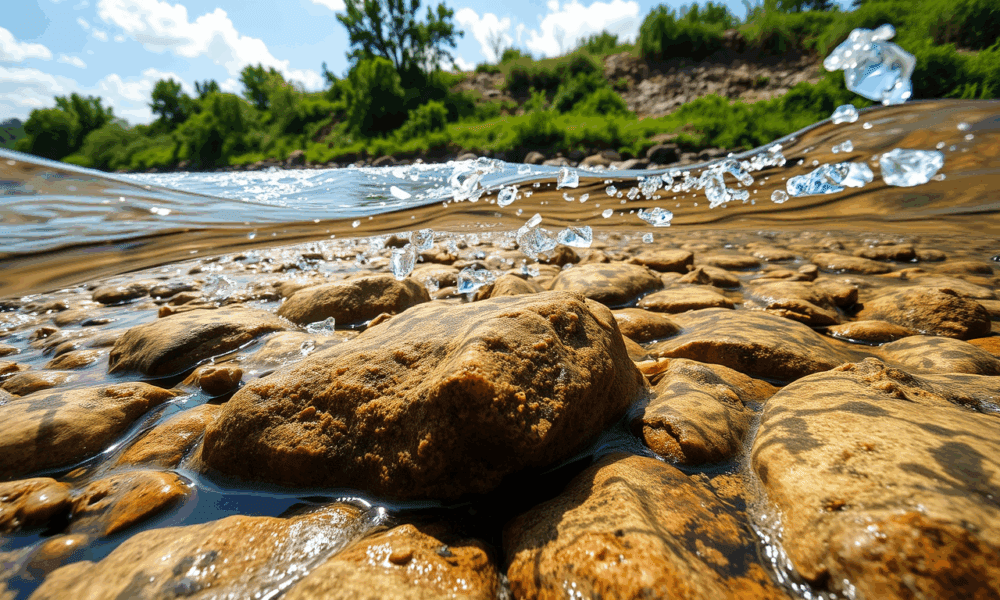
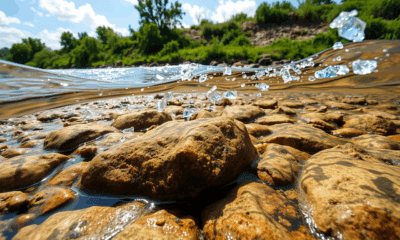

Where do microplastics really go after entering the environment? MIT researchers discovered that sticky biofilms naturally produced by bacteria play a surprising role in preventing microplastics...



Ancient carbon thought to be safely stored underground for millennia is unexpectedly resurfacing literally. A sweeping international study has found that over half of the carbon...
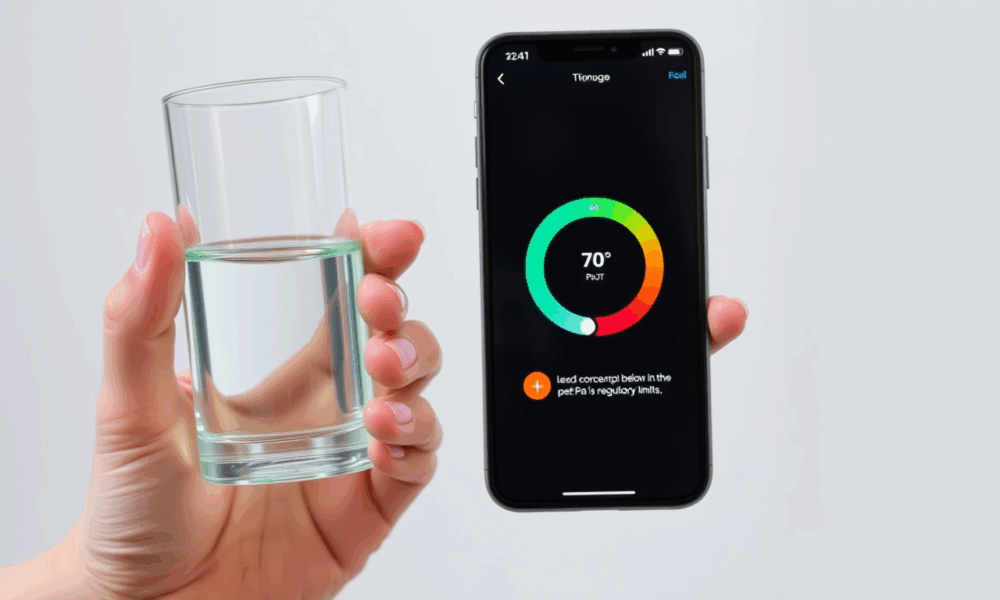


Lead contamination in municipal water sources is a consistent threat to public health. Ingesting even tiny amounts of lead can harm the human brain and nervous...